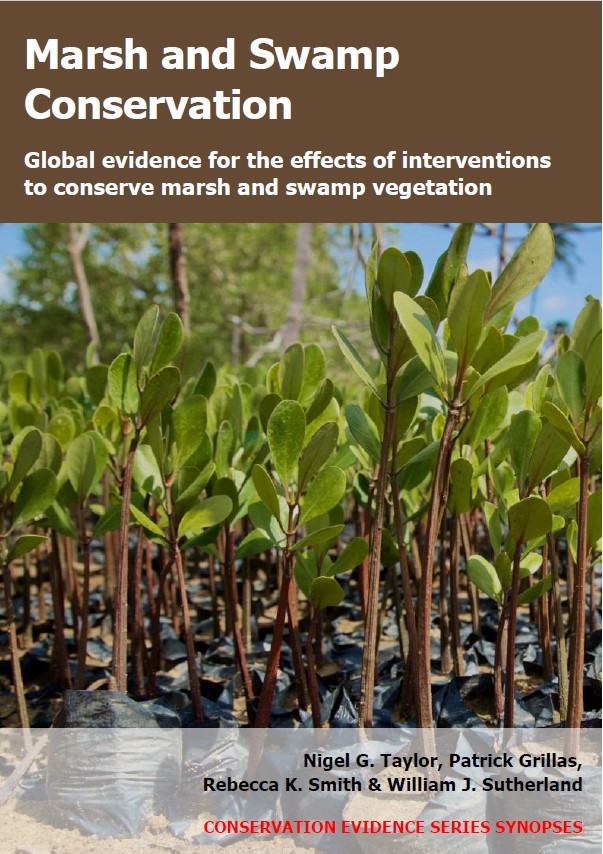Plug/dam canals or trenches: freshwater marshes
-
Overall effectiveness category Unknown effectiveness (limited evidence)
-
Number of studies: 1
View assessment score
Hide assessment score
How is the evidence assessed?
-
Effectiveness
50% -
Certainty
30% -
Harms
0%
Study locations
Supporting evidence from individual studies
A replicated, site comparison study in 1983–1984 of five backfilled canals in freshwater marshes in Louisiana, USA (Neill & Turner 1987) reported that emergent marsh vegetation coverage was greater within plugged than open canals, but that coverage was similar on the adjacent former spoil areas. Statistical significance was not assessed. After 6–60 months, emergent vegetation coverage was 15% within plugged canals (vs <1% in open canals) and 35% on the former spoil areas alongside plugged canals (vs 35% alongside open canals). Methods: In 1983 and 1984, vegetation was surveyed in three freshwater canals that had been plugged with earth or seashell dams at one end, and two canals that had not been plugged. Coverage of emergent marsh vegetation was estimated from aerial photographs. All canals, originally dug by the oil and gas industry, had been backfilled with adjacent spoil between 1979 and 1984.
Study and other actions tested
Where has this evidence come from?
List of journals searched by synopsis
All the journals searched for all synopses
This Action forms part of the Action Synopsis:
Marsh and Swamp Conservation
Marsh and Swamp Conservation - Published 2021
Marsh and Swamp Synopsis





)_2023.JPG)














